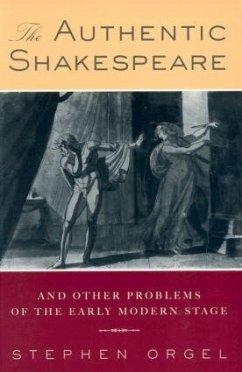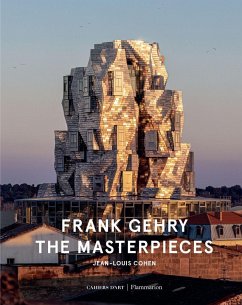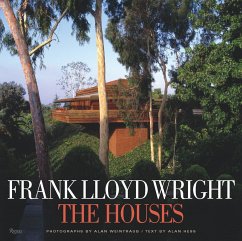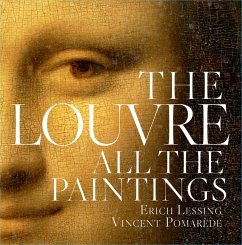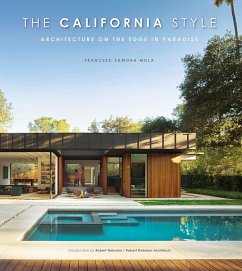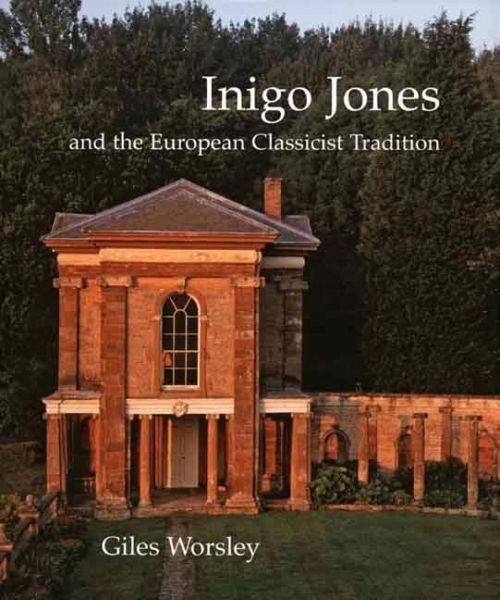
Inigo Jones and the European Classicist Tradition
Versandkostenfrei!
Versandfertig in 2-4 Wochen
60,99 €
inkl. MwSt.

PAYBACK Punkte
30 °P sammeln!
Provides a study on one of England's influential classical architects. This book surveys architecture in Italy, Germany, France and Netherlands, and reveals how many parallels there are on the Continent with Inigo Jones's work in England. It also studies Jones's buildings, in terms of their chronological development and the growing complexity.



